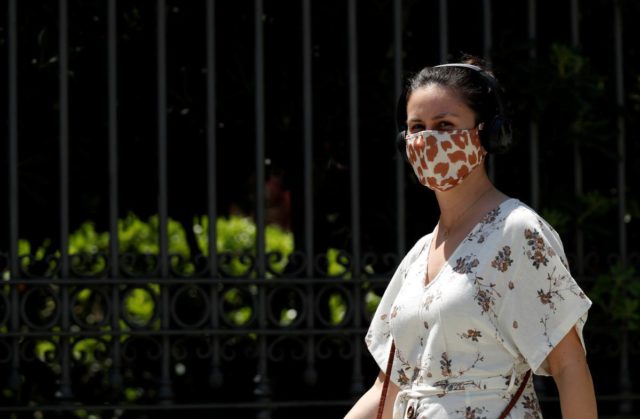Cloth face coverings, even homemade masks made with the correct material, are effective in reducing the spread of Covid-19 for the wearer and those around them, according to a new study published from Oxford’s Leverhulme Centre for Demographic Science.
The report, investigates the effectiveness of different face mask types and coverings, including an international comparison of policies and behavioural factors underlying usage. It was published jointly by the British Academy and the Royal Society as part of Royal Society’s SET-C (Science in Emergencies Tasking – Covid-19) group,
Professor Melinda Mills, Director of the Leverhulme Centre and author of the study, ‘Face masks and coverings for the general public,behavioural knowledge, effectiveness of cloth coverings and public messaging’, said: “The evidence is clear that people should wear masks to reduce virus transmission and protect themselves, with most countries recommending the public to wear them. Yet clear policy recommendations that the public should broadly wear them has been unclear and inconsistent in some countries such as England.”
The Oxford study shows that, just days after the WHO announced the pandemic in mid-March, many countries (about 70) immediately recommended mask wearing. That number grew to more than 120 countries. Most require mask wearing everywhere in public. Asian countries with previous experiences of the SARS’ outbreak saw early and virtually universal mask usage.
Mills maintains, “We lacked a comprehensive systematic literature review that went beyond medical research. There has been a blind spot in thinking about the behavioural factors of how the general public responds to wearing masks. Also, by looking at lessons learned about face mask wearing from previous epidemics and other countries, we get a broader and clearer picture.”
The study’s key findings are:
- Cloth face coverings are effective in protecting the wearer and those around them.
- Behavioural factors, including how people understand the virus and their perceptions of risk, trust in experts and government, can adversely affect mask wearing.
- Face masks are part of ‘policy packages’ that need to be seen together with other measures such as social distancing and hand hygiene.
- Clear and consistent policies and public messaging are key to the adoption of wearing face masks and coverings by the general public
“The public is confused about wearing face masks and coverings because they have heard the scientific evidence is inconclusive and advice from the WHO and others has changed. People also feared they might be competing with scarce PPE resources and they need clear advice on what to wear, when to wear them and how to wear them,” she added.
Around the world, the study found that “next to hand washing and social distancing, face masks and coverings are one of the most of widely adopted non-pharmaceutical interventions for reducing the transmission of respiratory infections.”
But, the study also showed that some coverings are not as effective as others. Loosely woven fabrics, such as scarves have been shown to be the least effective.
“Attention must also be placed on how well it fits on the face; it should loop around the ears or around the back of the neck for better coverage,” Mills said.
“The general public does not need to wear surgical masks or respirators. We find that masks made from high quality material such as high-grade cotton, multiple layers and particularly hybrid constructions are effective. For instance, combining cotton and silk or flannel provide over 95 percent filtration, so wearing a mask can protect others.”








